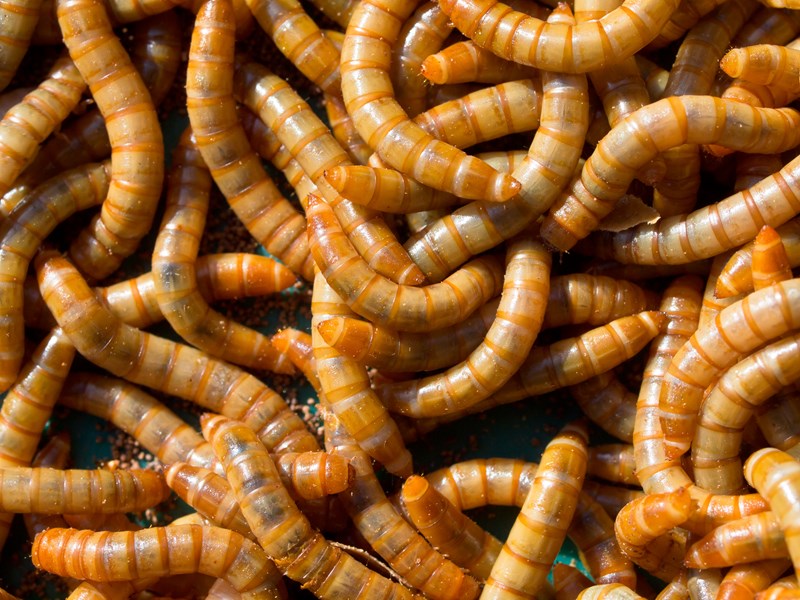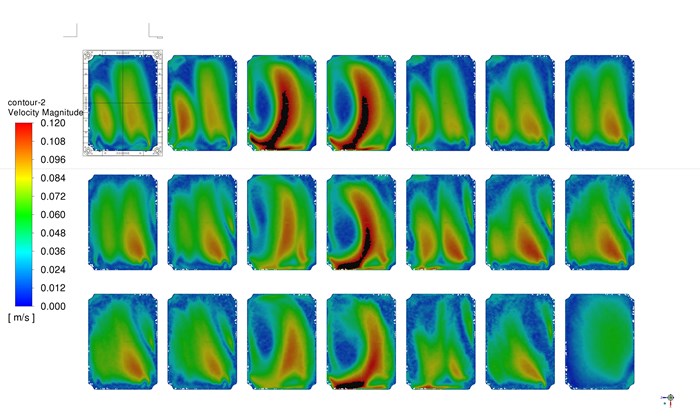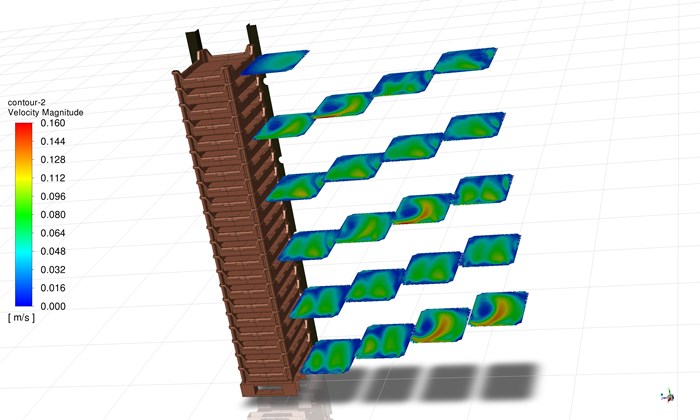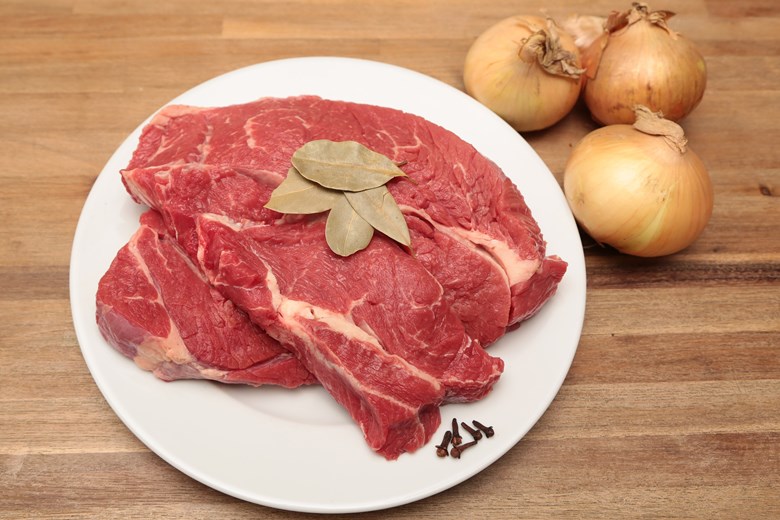
Growing insects? We like to think along with you
Tiny critters are at the heart of the global protein transition: insects. Unlike cattle, they feed more people but take less from our environment. This presents huge opportunities for companies in the food processing industry. Want to tap into the potential of insect breeding? Find out how we can help you get started.
Meat is too demanding
There is an urgent need to produce alternative proteins. With more than 8 billion people on the planet, we have more and more mouths to feed. And while meat is an important source of protein, its production requires huge amounts of feed, water and land, resulting in high CO2 emissions and environmental degradation. In essence, our consumption of animals affects everything on the planet. If we want to feed everyone in the future and save our planet at the same time, there is only one thing we can do: eat less meat.
Producing alternative proteins
That is why more and more governments are investing in the production of alternative protein sources. The Dutch National Protein Strategy, for example, aims to stimulate the production of alternative proteins. In addition, more consumers and food manufacturers are asking for alternative proteins as they become more aware of the urgency of the protein transition.
Insects as a sustainable alternative
Fortunately, the world has not been idle in recent years. Several studies have shown that insects are an ideal and sustainable protein alternative. They are as nutritious as chicken, beef or pork. However, the production of insects requires significantly less space, feed and water, making the environmental footprint much smaller. And where 50 per cent of a cow or pig can be eaten, insects are edible for 80 per cent. Overall, bugs can feed more people. Another advantage is that insect farming is much faster and cheaper than meat production because insects reproduce faster than mammals.
A small solution to a big problem
Small as they are, insects offer a solution to a big problem. But which insects are suitable? Gert Boersma, project manager at Equans Refrigeration, says: “Good alternative protein sources are mealworms, beetles, crickets and grasshoppers. We can eat them whole, although they won’t make everyone’s mouth water. They can also be ground and added to foods such as meat substitutes, pasta, sports drinks, sports bars or bakery products. Mealworms and larvae of the black soldier fly can be used to replace soya in livestock feed. In this way, pigs, cows and chickens can get sustainably get their daily protein boost.”
Growing demand
The potential of insect breeding has not gone unnoticed. “As a result, more and more companies are knocking on our door for insect breeding systems”, says Boersma. “The technology required to breed insects is close to what we at Equans Refrigeration have been doing for years: supplying energy-efficient systems for climate control and air treatment for the food processing industry. We have all the knowledge and experience for that.”
“A breeding facility for mealworms, for instance, must be able to cool, heat, dehumidify, humidify, and refresh the air.” According to Boersma, this is a very precise task. “There are thousands of trays full of worms piled up in a breeding room. The trick is to keep the temperature, relative humidity and air distribution in the room as constant as possible. The more stable the climate, the more stable the breed.”
Climate control is important
Each tray in the breeding room has its own microclimate. “A sophisticated air distribution system is needed to create constant climate conditions in the breeding room”, says Boersma. “We first simulate the air distribution on the computer. This allows us to test and optimise the speed and direction of the airflow”, he says.

Challenges by life stage
A particular challenge in climate control is that insects prefer different comfort conditions depending on their life stage - as a maggot, worm, pupa or beetle. They also produce heat and CO2. Boersma: “To remove this CO2, the breeding room has to be ventilated with outside air. Depending on the outside air conditions, this requires additional heating, cooling, humidification or dehumidification. Obviously, this must be done without causing fluctuations.”

Familiar territory
“If we know the comfort conditions, CO2 production and heat release in the different life stages of insects, we can design an air treatment and air distribution system”, continues Boersma. “This is familiar territory for us. We are happy to tell companies how they can use our know-how and technology to breed insects in the best possible way.”
Want to know more? Please feel free to contact us.



